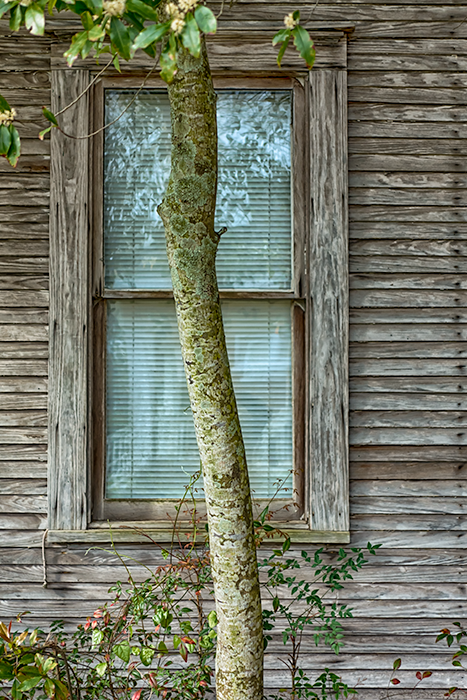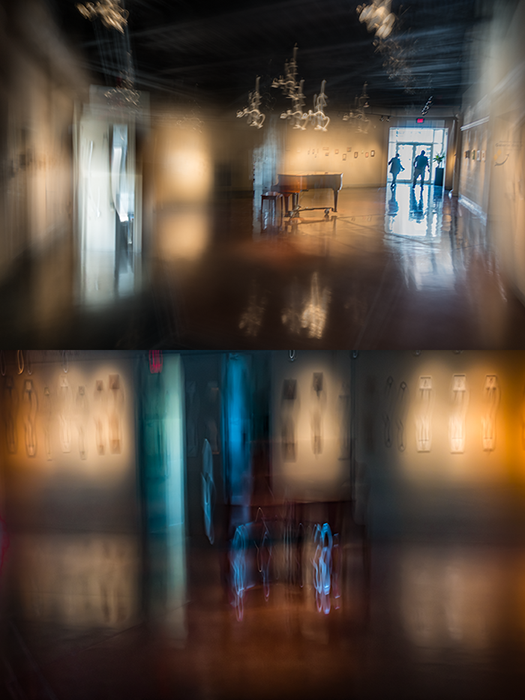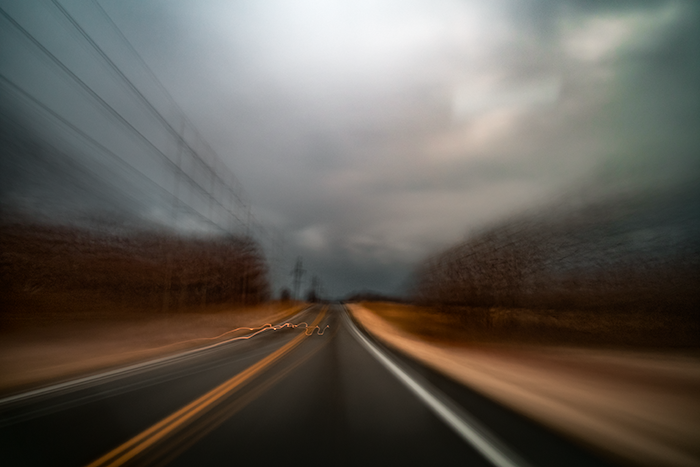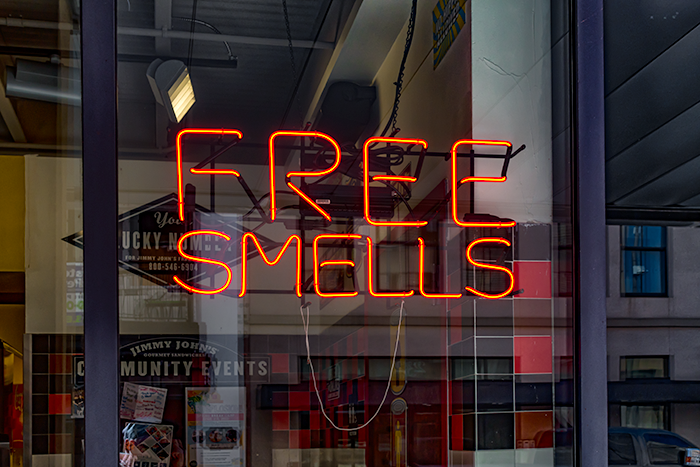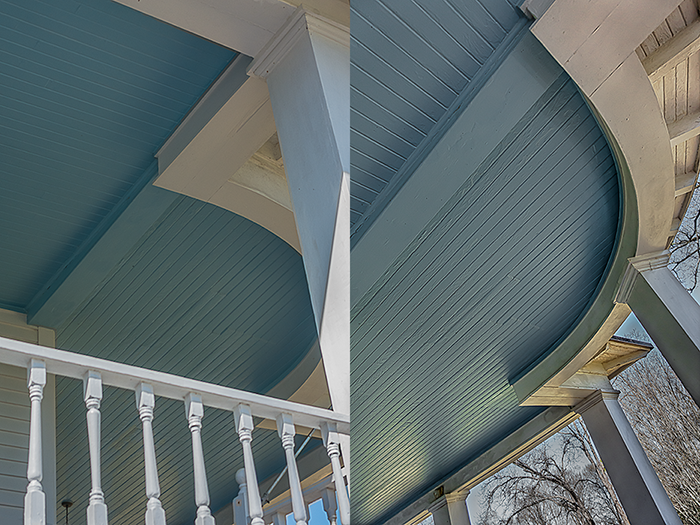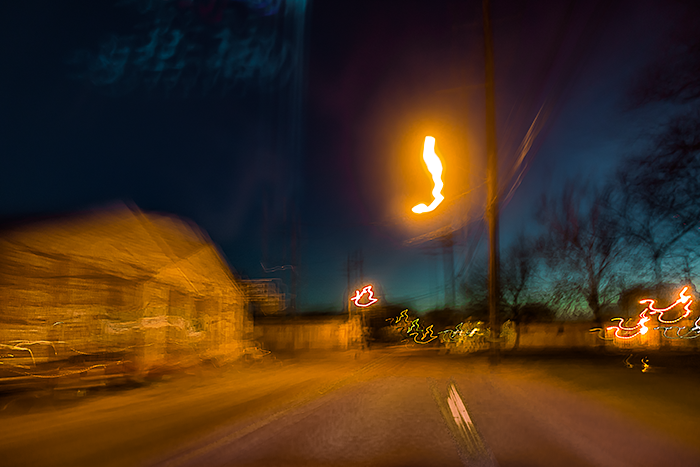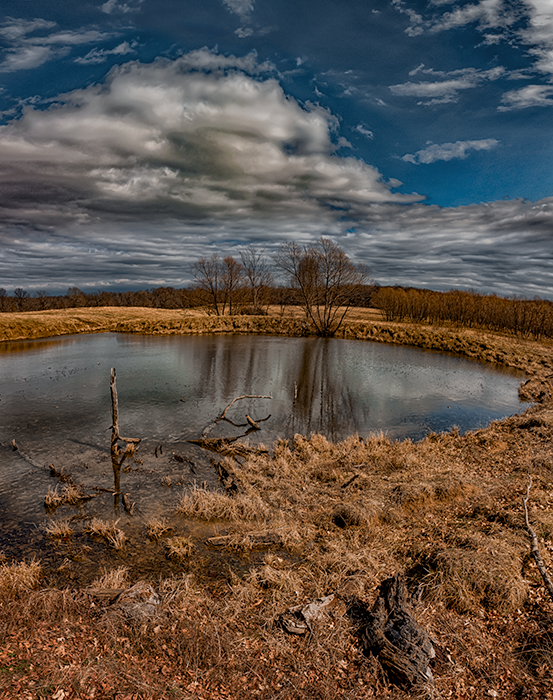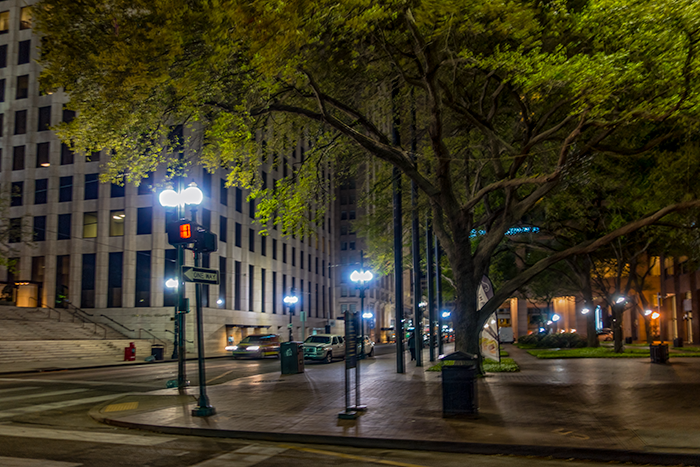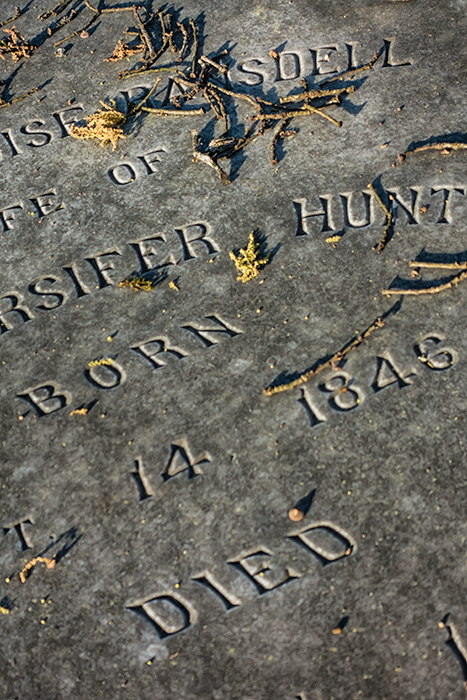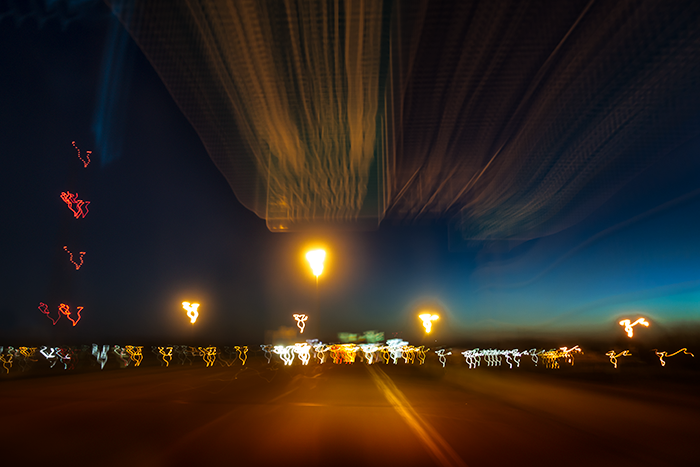Unconditional
Realistic emphasis
Ontological fluency
Material assistance
The belief in an external reality arises and grows with self awareness. Because the self is as necessary as the other, these beliefs are not speculatively separated. In their fullest, most intimate co-operation they are the mental elements of human life and its activity.
“The provincialism of time may be conquered only in the realm of mind.” – Edgar Sheffield Brightman

